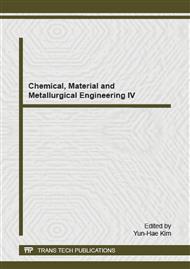p.428
p.433
p.437
p.441
p.445
p.453
p.458
p.464
p.469
High-Efficiency Cut Blasting with Shell Radial Shaped Charge in Laboratory-Scale Blasting
Abstract:
Due to the inefficiency problem of the cut blasting in rock excavation and rock breaking, a shell radial shaped charge device was proposed based of the ideal of ‘cutting to slotting’ and it was validated through experiments. For this device, the shell materials are used to be shaped materials and multiple shaped ring is designed on the circular tube. It can not only reduce charge quantity but also raise the utilization ratio of explosive energy. After explosion, multiple radial shaped charge jets can be formed along the axial line in sequence and then the surrounding rock mass would be cracked. The crack network will be formed along with the further extension of the fraction under the action of quasi static loading of detonation gas. The shell radial shaped charge device was tested through the cut blasting model experiment. Experimental results show that the utilization ratio of blasting hole nearly approaches 98% with this device. The blasting efficiency and cyclical footage can be improved effectively and the cost of drifting can also be reduced.
Info:
Periodical:
Pages:
445-450
Citation:
Online since:
March 2015
Authors:
Keywords:
Price:
Сopyright:
© 2015 Trans Tech Publications Ltd. All Rights Reserved
Share:
Citation:


